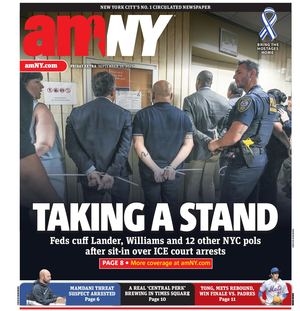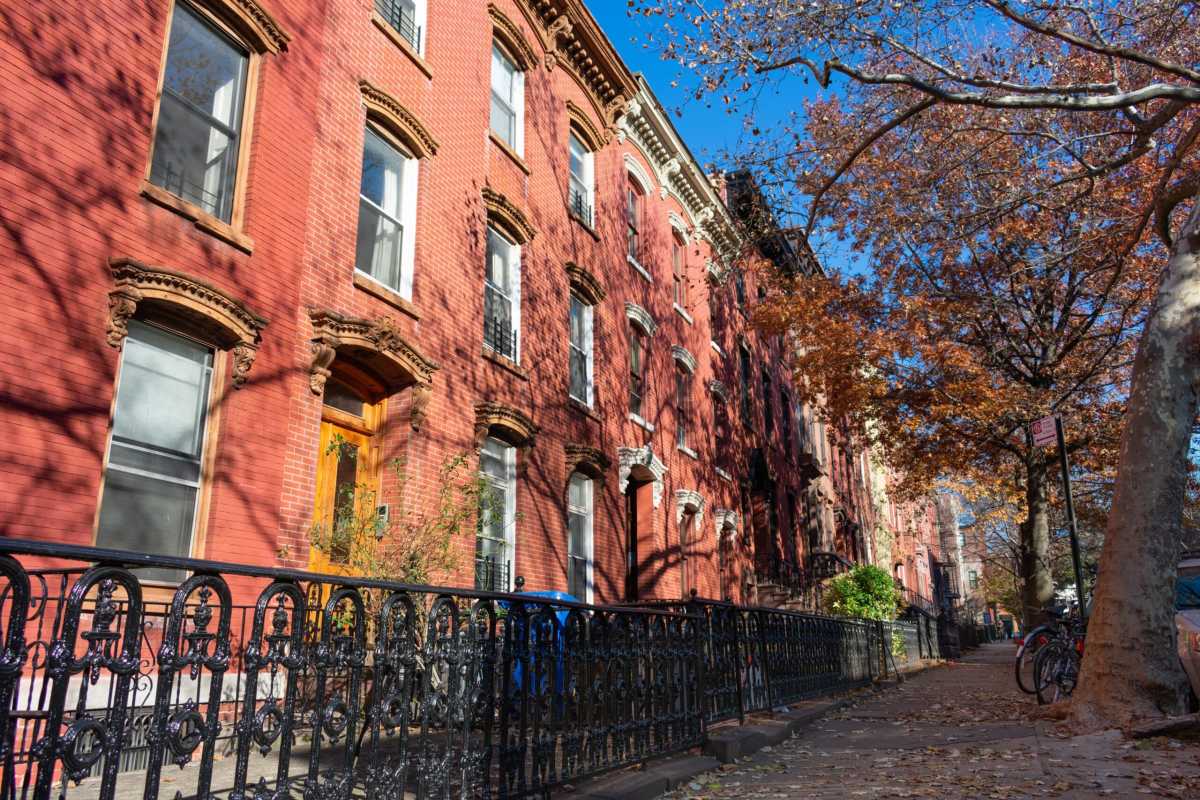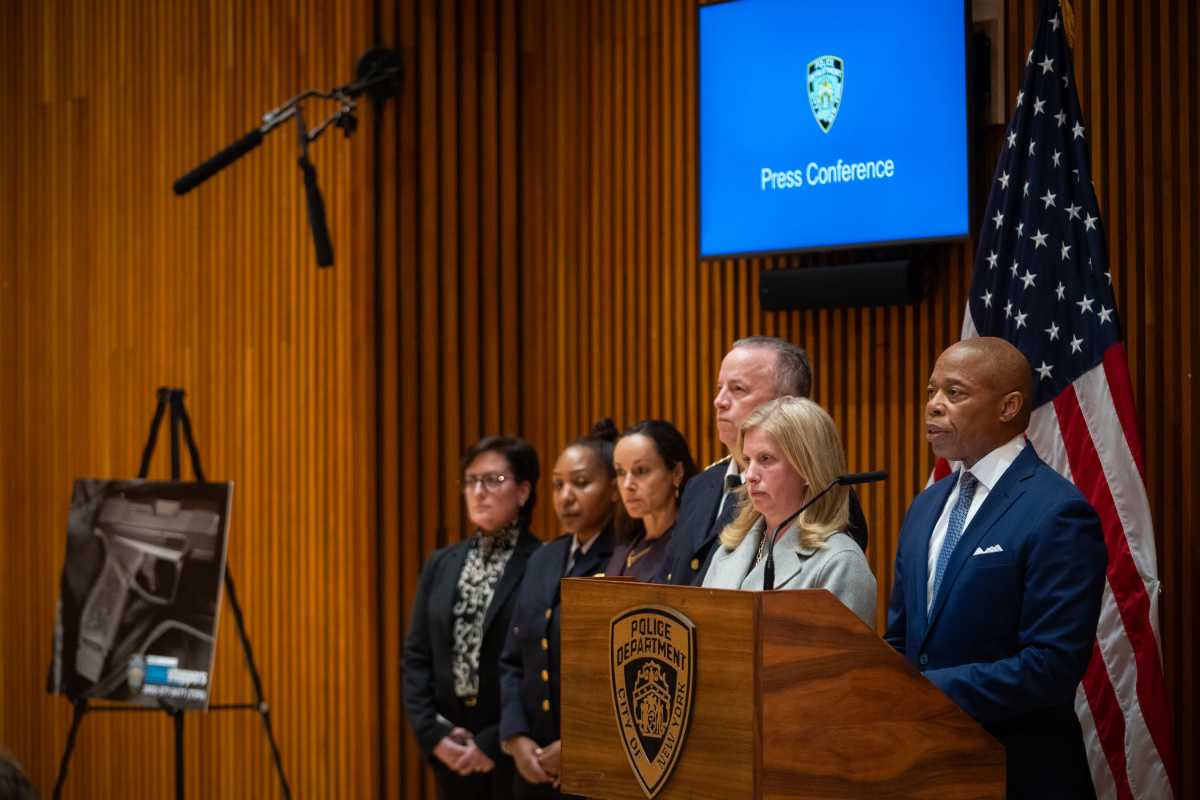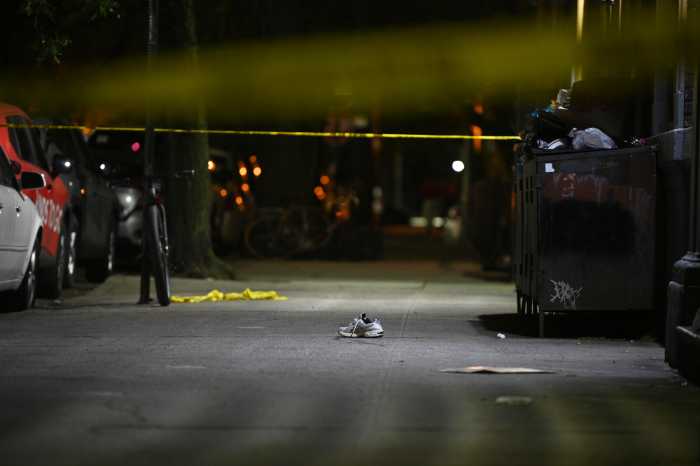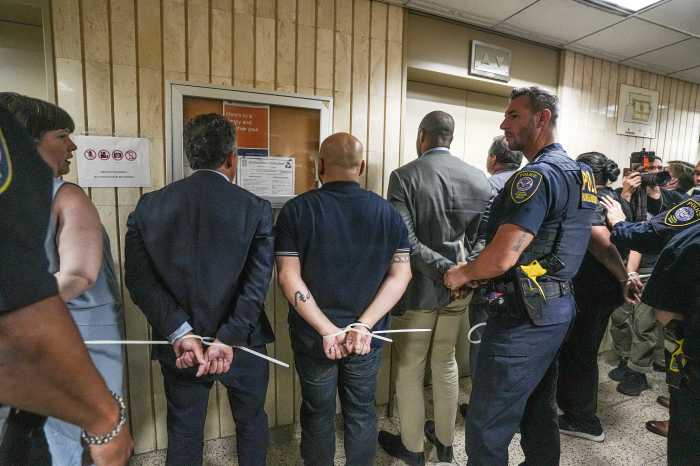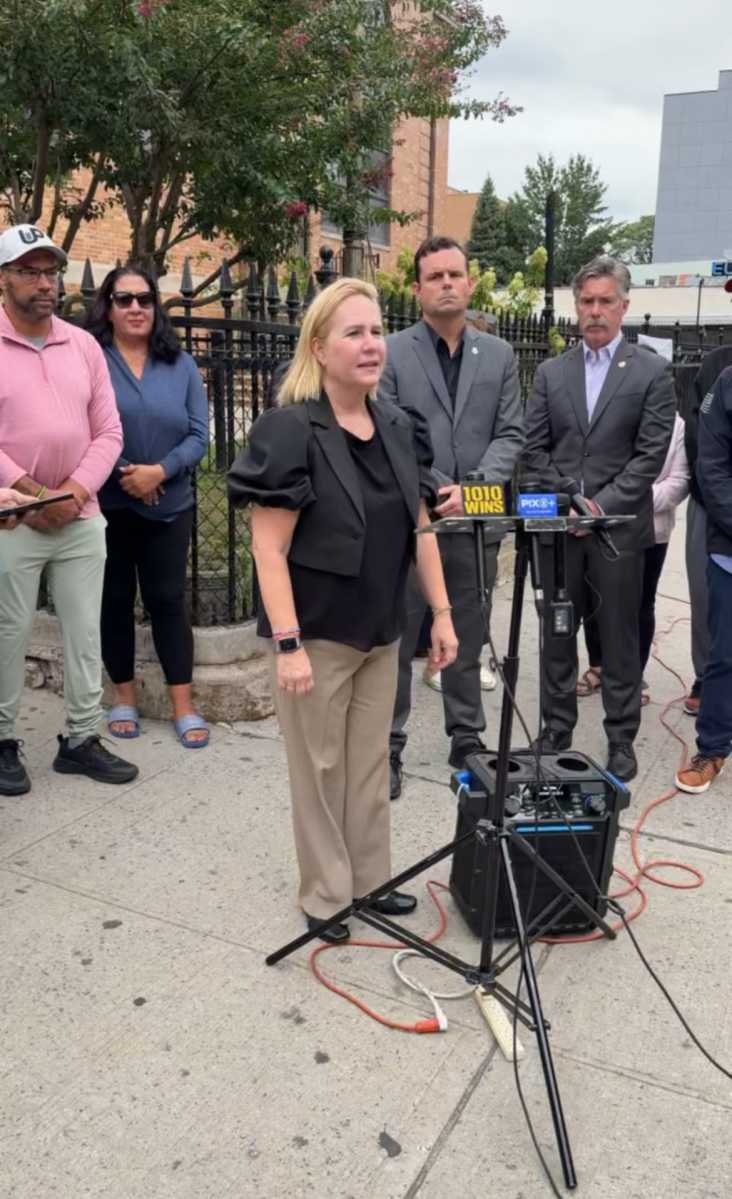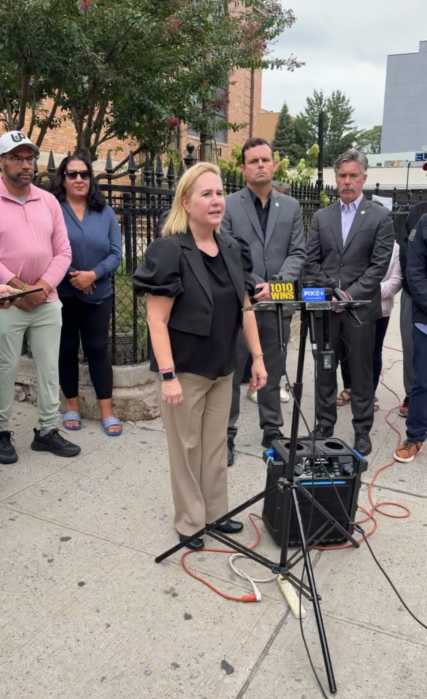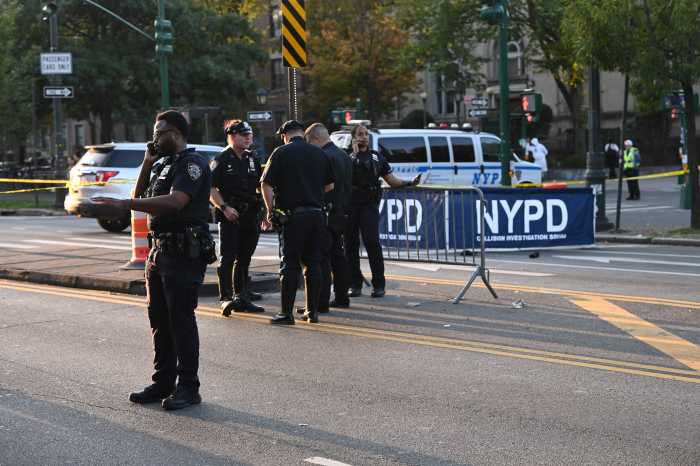The Supreme Court declined to entertain challenges to New York’s rent stabilization laws on Tuesday, opting instead not to address the issue once again — and to preserve the laws impacting tens of thousands of property owners and tenants.
The court had the chance to take up the issue after a pair of property owners sought to overturn the rent control system that has governed over a million housing units in the city for decades, offering some of the most tenant-friendly regulations in the country (for those lucky enough to secure a rent stabilized unit).
Essentially, the rent stabilization laws (RSL), stipulate that any building with 6 or more units that was built before 1974 has those housing units automatically earmarked as stabilized. Once given that designation, landlords are limited in how much they can raise rents each year, and they essentially cannot deny a new lease to those tenants.
When there is someone currently renting a stabilized unit, it becomes increasingly difficult to convert those units into any other form of housing, such as condominiums.
All of these reasons make it quite beneficial to rent one of the city’ 1,048,860-stabilized units.
One of the petitioners, though, went so far as to claim the rent stabilization laws, which date back to 1969, “amount to the most onerous rent control provisions the United States has ever seen” and were “an unconstitutional taking without just compensation.”
“The RSL has dramatically reduced the economic value of Petitioners’ property beyond any reasonable expectation,” their lawyers said.
City lawyers, though, in successfully arguing that the court should not take up the issue, said there was “no reason” to hear such a disruptive case.
“There is no reason to grant review on any of petitioners’ questions, as none identifies issues of national importance or splits in authority requiring this Court’s intervention,” New York City’s lawyers argued. “Petitioners’ case would needlessly disrupt the residential rental market, and countless lives, throughout the City.”
But in explaining the decision not to hear the challenges to the rent stabilization laws Tuesday, Associate Justice Clarence Thomas left the door open to potentially hear another challenge down the line should plaintiffs make a compelling legal argument for the court to consider.
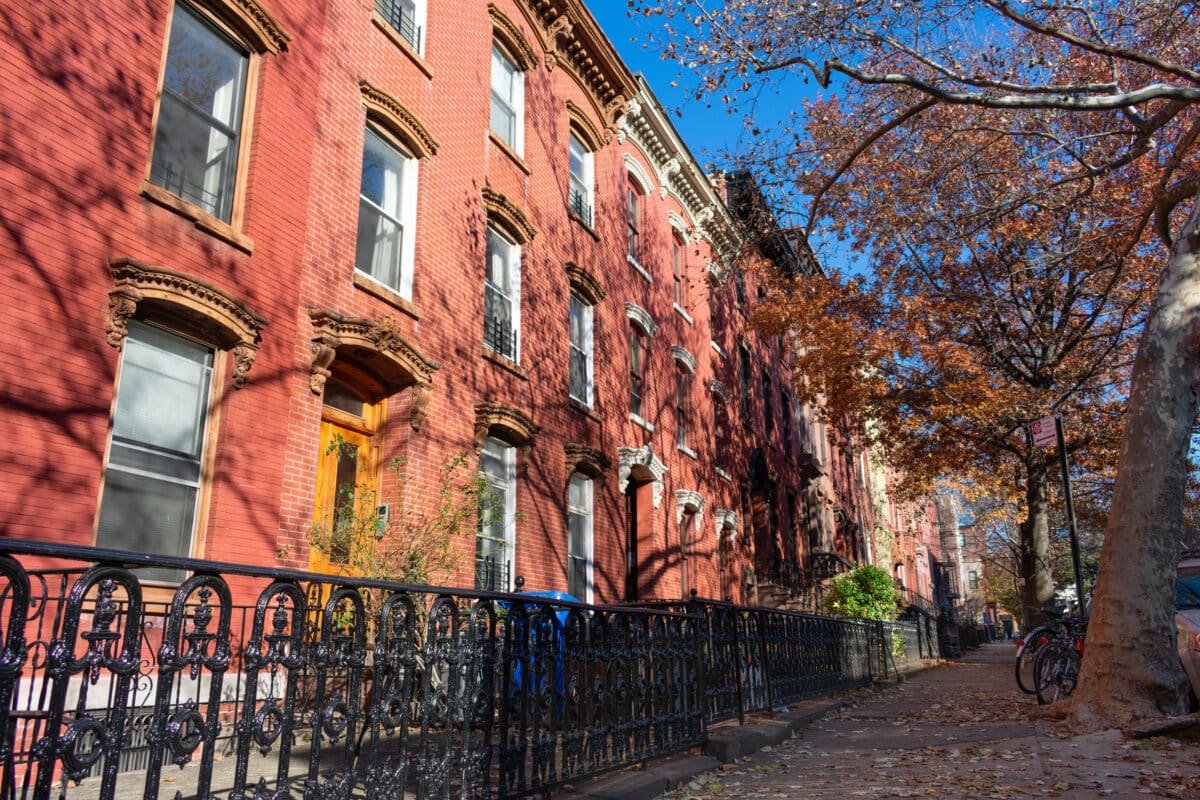
Reaction
Gov. Kathy Hochul weighed in after the decision, saying she was relieved about the outcome. And promised to work to further assist renters in New York.
“Our rent stabilization laws, which were first passed nearly six decades ago and reaffirmed consistently by lower courts since, remain some of our state’s most powerful tools to fight inequality, preserve affordability, and keep New Yorkers safely housed in their own communities,” she said. “As Governor, I will continue doing everything in my power to ensure these laws are protected.”
Advocates with the Legal Aid Society, which works to defend the rights of tenants, hailed the Supreme Court’s move, and said it would provide millions of Americans with greater peace of mind during the ongoing housing crisis.
“Since 1969, New York’s Rent Stabilization Laws have protected millions of tenants, preserved affordable housing, and prevented mass displacement and homelessness in a city where the rents are the highest in the country and rising,” the group said in a statement. “Today’s decision…puts an end to these cases attacking the legal protections depended upon by a million New York households amid an ongoing housing crisis.”
Cea Weaver, the campaign coordinator at the advocacy group Housing Justice for All, also hailed the move, saying it marked a definitive moment in the history of rental laws in the Empire State.
“Today the United States Supreme Court has confirmed what we’ve known all along: rent stabilization is here to stay. For decades, New York’s rent stabilization system has kept hundreds of thousands of New Yorkers in their homes, even as market pressures increase,” she said. “The decision from the Supreme Court sends a clear message to the real estate industry: No matter how hard they try to undermine rent stabilization behind the scenes, rent stabilized tenants are organized and will continue to fight for their homes – in the courts, in Albany, and every day in tenants unions in their neighborhoods.”
